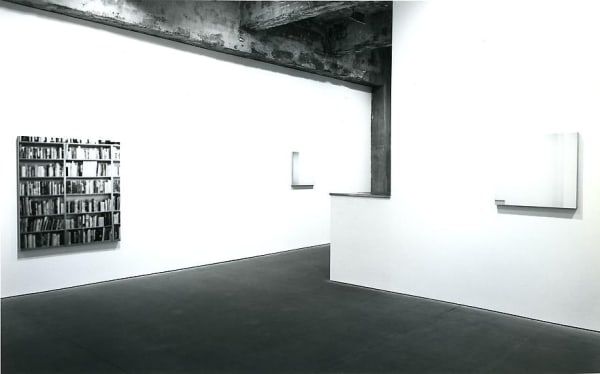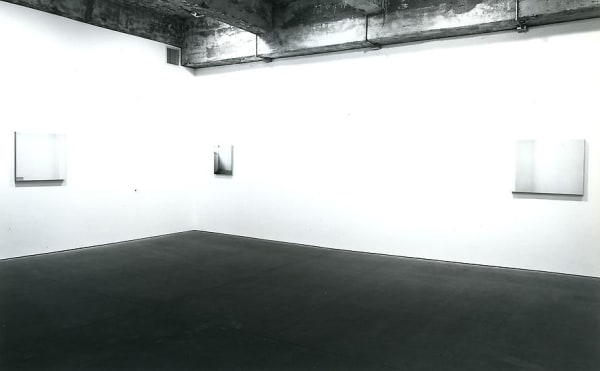Uta Barth: Tanya Bonakdar Gallery, New York
During the past year Uta Barth has been working on a project which examines photographic conventions of presenting and framing a subject. She is interested in the selection process and methodology of composing back ground information. By removing the subject (or person) from the scene, the viewer's attention is shifted backward and focused on the "container" of the missing information. The first images in this body of work, dealt with conventions of "grand scenery" and the "picturesque" landscape as backdrop for photographing people.
Uta Barth's small Ektacolor landscapes and interiors--each entitled Ground (1994)--appear elusive and empty, but are filled with inexplicable wealth of emotive content. With blurred, matte surfaces and apparently simple literal content, they appear to be, following Roland Barthes, all punctum: each an epiphany with none of the denotative insistence of a conventional photograph. Transcendence, as a metaphysical notion that implies a truth lying behind appearances, is out of fashion, and yet Barth's images beg painfully awkward questions about the loss of such belief, through an exploitation of the most scientific aspects of photography: its brute indexicality and stubborn opticality.
The most oblique of these small pictures appear at first glance to be pictorialist, soft focus renditions of empty space: of the shadows cast by corners, cornices, and window frames onto otherwise unblemished white walls. Delving into the paradoxical depths of surfaces mottled with skeins of light and shadow--ranging across an unimaginable spectrum of whiteness--these aggressively indistinct pictures give bl;ankness an emotionally compelling plenitude. As one's eyes strain to focus and attain a clarity of thereness, the pictures continually slip away into fat, sensuous expanses of white-gray, white-blue, white-green, white-rose--transforming themselves into a Vermeerian feast of empty scenes that yeild up a wealth of suggestion. While no maids read letters, sewblanknessyield, or play plaintively on sad silent harpsichords in these rooms, the absence of such human activity (which defines the void of a room as "home") is nonetheless deeply felt.Other images are more blunt in their refusal of seeing, more clearly out of focus, more obviously "not right". A wall of books on shelves reads as an abstract, modernist grid seen through waxed paper, or as a plaid pattern with its boxy lines muted by fluffy strands of angora. In Ground #42, Vermeer emerges from the shadows: A robin's egg blue wall, its edge thwarted by the softened contours of a dresser is punctuated in its upper left corner by two small framed reproductions of Vermeer paintings. Women hover, pensive and alone, peacefully performing repetitive domestic tasks.



